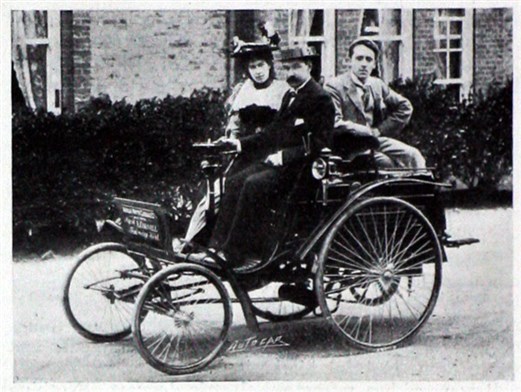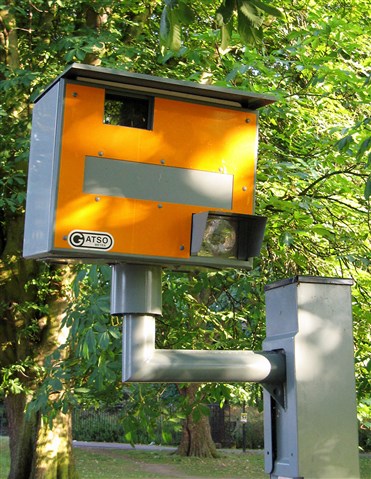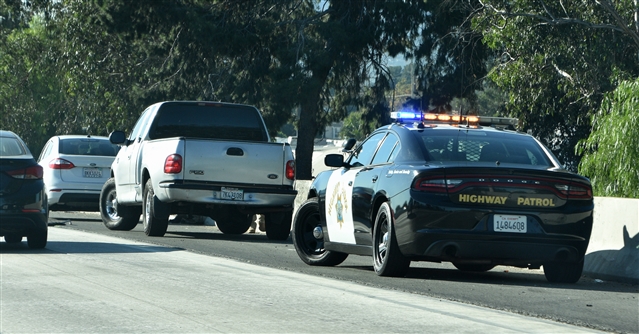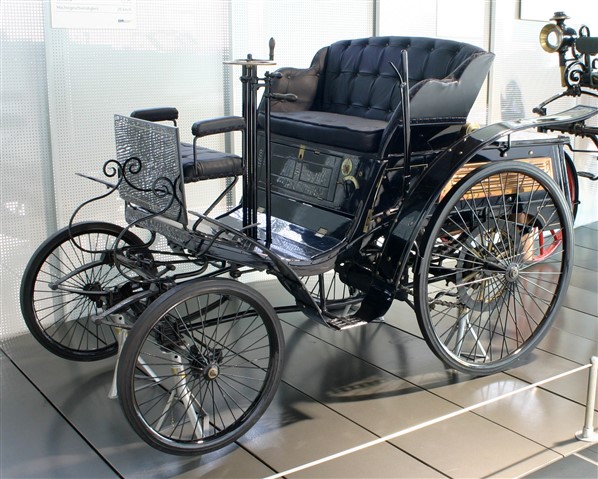January 28, 1896 - Walter Arnold becomes the first person fined for speeding.
A clear afternoon in January in the quiet English village of Paddock Wood, in the county of Kent. The pedestrians are alarmed by someone driving his expensive, German-made car along the High Street at four times the speed limit. He was eventually stopped by a police officer, called before the local court and fined.
In 2025, there would be nothing unusual about this - a nuisance, yes, but far from unprecedented. But the year is 1896, and motorcars were still a rarity. What to do about this terrifying new technology?
New-fangled machines
 This story has all the strange, almost trivial elements we look for in such a tale: apparently foolish fears of new technology, ridiculous restrictions born out of that fear and clearly obsolescent regulation. All in pursuit of an offence that would barely register today. Seeing it from that perspective does not tell us why this story was important and what it means to us now. (img: Arthur Cornell driving an Arnold Benz, 1897. Source: Wikimedia Commons)
This story has all the strange, almost trivial elements we look for in such a tale: apparently foolish fears of new technology, ridiculous restrictions born out of that fear and clearly obsolescent regulation. All in pursuit of an offence that would barely register today. Seeing it from that perspective does not tell us why this story was important and what it means to us now. (img: Arthur Cornell driving an Arnold Benz, 1897. Source: Wikimedia Commons)
The law
The facts are that Walter Arnold was caught driving his horseless carriage at the speed of eight miles per hour in a two miles per hour zone. The Locomotives Act of 1865 (aka ‘the Red Flag Act’) set the speed limit at 2mph in villages and 4mph in towns. Arnold was clearly in a village.
That was not the only offence. Famously, perhaps notoriously, the law also stated a person was required to walk not less than 60 yards ahead of the horseless carriage, carrying a red flag - to warn road users of what was coming. Walter Arnold had no such man.
Arnold pleaded ‘not guilty’ to the charges
“The vehicle was not worked according to the Locomotives Act, which requires that at least three persons shall be employed to drive it, and that one shall precede it when in motion; that the name and residence of the owner were not affixed to the carriage; that the speed exceeded two miles an hour; and that no license had been obtained to use the same within the jurisdiction of the Kent County Council.”
Back in 1896, the motorcar was referred to as a ‘horseless carriage. Only eight years previously, Bertha Benz, Karl Benz’s wife, had taken the first long-distance car journey. In a century where the pace of innovation was unprecedented, it is not surprising the law had yet to recognise that the motorcar was unlike anything that had previously appeared.
When the case came to trial in Tunbridge Wells, Arnold’s defence was that this type of vehicle did not exist when the Locomotives Act 1865 was passed, so the ‘Red Flag Act’ could not apply to Mr Arnold’s horseless carriage. Indeed, in court, Arnold’s lawyer argued that “the Local Government Board admitted that the Locomotives Act was not intended to include such vehicles as these horseless carriages.”
The court rejected the defence, declaring that Mr Arnold’s horseless carriage really could be described as a ‘locomotive’ and, as the reporter for Reynolds’ Newspaper of Sunday, February 2, 1896, put it:
“It was not for the Magistrates to inquire into future legislation, and they felt they must convict.’
What we can see is that the court was in a quandary because while the horseless carriage was clearly not a locomotive of the type described in the Act (because it hadn’t been invented), it was still a vehicle moving under its own power, which came under the Act. Though it is debatable whether it needed three people to operate it. The law was inadequate and needed updating.
 Who was Walter Arnold?
Who was Walter Arnold?
Walter Arnold was not simply an enthusiastic early adopter of technology. He was an importer, manufacturer, and dealer of horseless carriages, all in one. He imported the latest Benz machines from Germany, and between 1896 and 1899, his company built the ‘Arnold Motor Carriage’ at a factory in East Peckham, Kent. Accounts vary on what Arnold was driving when he was picked up for speeding.
He was not the first motorist to be charged with a motoring offence, but he was the first convicted. A Glasgow car salesman, George Johnston, was prosecuted for driving his horseless carriage along a number of streets where such vehicles were prohibited between 9 AM and 5 PM. He faced a £5 fine but was acquitted.
Later
Walter Arnold’s fine consisted of 5s for the first offence (driving a vehicle without a horse) and costs of £2. 0s 11d*. Each other count would bring a fine of 1s and 9s in costs.
The law was amended later in 1896 to remove the need for a red flag carrier and increasing the speed limit to fourteen miles per hour. In the House of Commons, MPs had worried about what would happen if speeds hit eighteen or more than 20mph.
A London to Brighton ‘Emancipation Run’ car rally was organised to celebrate the change in the law. Among the drivers was Walter Arnold. It is not recorded how fast he drove. (img: The Arnold Motor Wagon)
What do you think?
Our laws and regulations always seem to be playing catch up in the face of new technology. What lessons can we pass to future generations when they come to write laws and regulations in anticipation of new technology?
*This refers to pounds (£), shillings (s) and pence (d) in British currency before
decimalisation.
 By Stephen Phillips - IET Content Producer, with passions for history, engineering, tech and the sciences.
By Stephen Phillips - IET Content Producer, with passions for history, engineering, tech and the sciences.
-

Peter Brooks
-
Cancel
-
Vote Up
0
Vote Down
-
-
Sign in to reply
-
More
-
Cancel
Comment-

Peter Brooks
-
Cancel
-
Vote Up
0
Vote Down
-
-
Sign in to reply
-
More
-
Cancel
Children